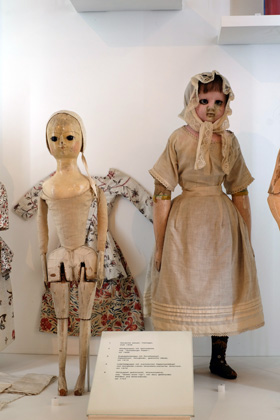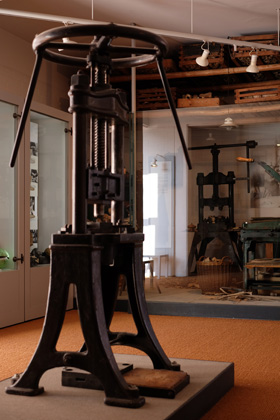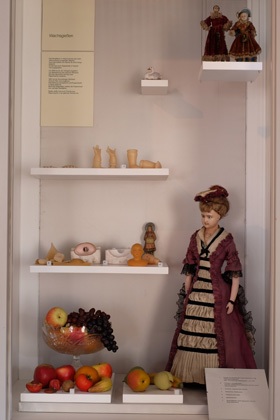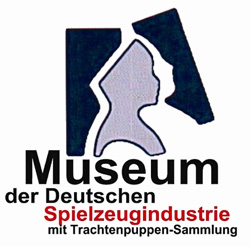Museum der Deutschen Spielzeugindustrie (Museum of the German Toy Industry)
The Museum of the German Toy Industry has been sustained so far by the "Museums- und Heimatverein e.V.", a local charitable organisation founded in 1930. The collection mainly encompasses the following sections: "The Toy Industry" in the former regional economy Neustadt-Sonneberg-Coburg and the surrounding area, the collection of "Dolls with Traditional Costumes" which developed from the museum in 1930, as well as the collection of "Contemporary Artisan Dolls".
Today's "Museum der Deutschen Spielzeugindustrie" is located in a complex of buildings which was initially constructed in the 1950s as a purpose-built museum and was substantially refurbished, transformed and equipped with an additional extension in the course of the reorganisation and redefinition in the 1980s. The design of the museum building is barrier-free with ramps, a lift and disabled-friendly toilet facilities.
Permanent and temporary exhibitions and tours help to communicate the museum's content, and to a great extent so does the museum's educational action programme, which is aimed at all age groups and sections of the population. The museum's work follows the ICOM guidelines, which define a museum as a "non-profit, permanent institution in the service of society and its development, open to the public, which acquires, conserves, researches, communicates and exhibits the tangible and intangible heritage of humanity and its environment for the purposes of education, study and enjoyment".
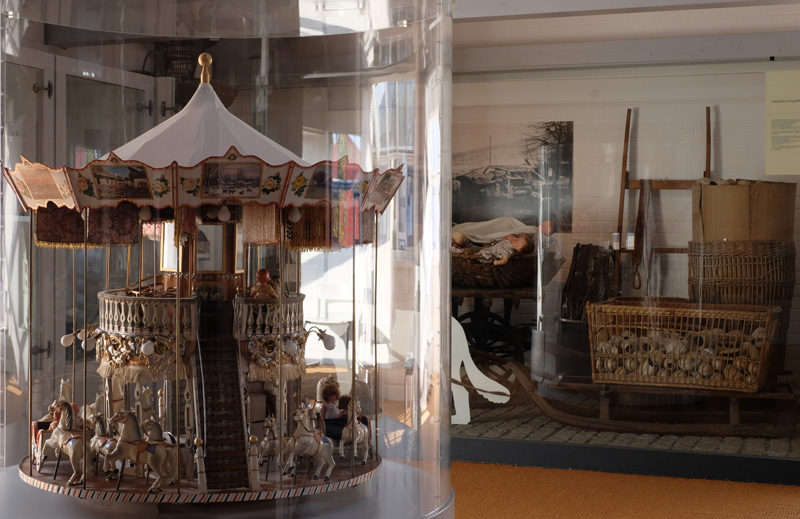
In contrast to other museums, the museum in Neustadt has a unique perspective, after all, here the focus is: "Earning a living with toys!" The emphasis is placed on the pre-industrial and industrial development of products, materials, techniques, professions and the necessary equipment and machines currently over a period of approximately 250 years. The living and working conditions for the homeworkers and factory workers, as well as the links between trade and politics. This means than an important aspect of the economic and social history of the Coburg area and the surrounding region is examined, and with that a significant part of the history of the toy industry in Germany. Furthermore, the collection of dolls in traditional costumes lends an international perspective. In contrast, the collection of artisan dolls reflects the present day in a context reaching beyond the borders of the region. "International Doll Festival" and "Max-Oscar-Arnold-Award" guarantee the museum is always up to date and provide an insight into future national and international trends and developments.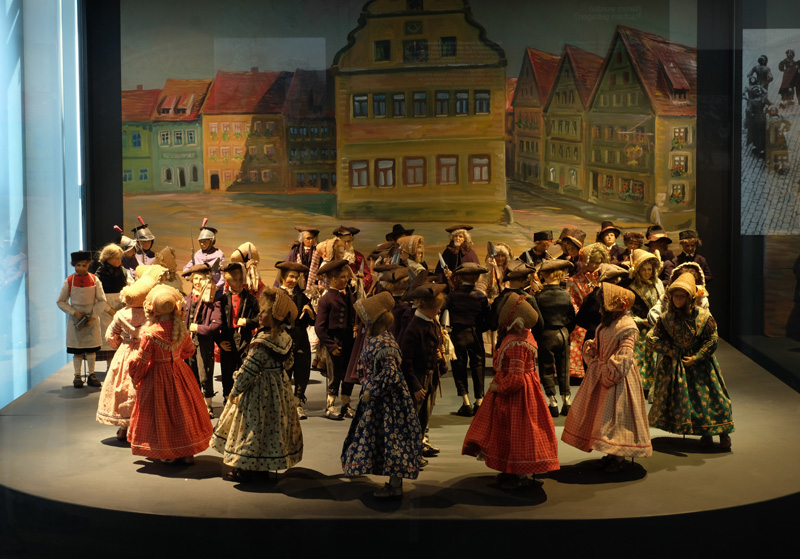
The Museum of the German Toy Industry is predominately to be understood as a museum for the history of technology and society, collecting objects from overlapping fields of industrial culture, from dolls and toys (life, work, technology, products, economy, politics), subjecting them to scientific evaluation and putting them in their social context.
